This post is for our students at Tennessee Governor’s School for the Arts in the Sketchbook Boot Camp.
Assignment 2: Creative Mapping
“Out of these landscapes, the distinction of point of view. In a world where access to speed is access to transcendence, point of view is particularly a narrative gesture. The point of view of a landscape is no longer still, is instead a matter of practice and transformation. Modernism’s suspicion of point of view can be seen as a critique of omniscience, but a critique rooted in self-consciousness that proclaims an omniscience of its own ontology, its own history. ”
–“1. On the Description and the Book” from Susan Stewart’s On Longing: Narratives of the Miniature, The Gigantic, The Souvenir, The Collection
Using your sketchbook, create a mini atlas of a place from your memory, inspired by, but not enslaved by the constraints of reality. Mapping is not only a way of transferring real information about a place, but also a means to organize ones’ thoughts, ideas, and memories. All maps are, in essence, biased, as if a mapmaker conveyed EVERYTHING about a place, a map would be overwhelming with information. Maps can allow you to see not only the real world in a different light, but also imaginary ones, as in the case of author William Faulkner, who set his books in a fictional county, Yoknapatawpha, of which he also spent extensive time drawing maps.
You could map the neighborhood you grew up in, make a map of your bedroom (and all the most important items in there with their significance), a map of your family’s favorite vacation spots, a family tree, a map showing the areas and wiring of your brain and most significant memories, a map of your body and everything that has happened to it (think scars, how it feels to hold your grandmother’s hand, an additional showing all of your favorite clothes like paper doll clothes drawn out to the side, etc.), map of everywhere you’ve traveled, etc.
Step 1: Brainstorm, make a list of ideas of what you might be interested in mapping
Step 2: Check out the ideas from other artists below or do some of your own research. Through this, consider how you might like to display this information over several pages in your sketchbook. You should also check out examples of student work along these lines from last year’s class: https://www.orangebarrelindustries.com/2017/07/01/student-work-sketchbook-boot-camp/
Step 3: At minimum, create a larger map, a detail cut-away page, and some kind of key for your map. You can be creative in how these forms are interpreted. Feel free to use drawing, collage, etc.–anything! Use Google Maps and other resources if you wish to supplement your ideas and memories of place.

- Simon Evans: http://www.jamescohan.com/artists/simon-evanstm
- MoMA: Maps, Borders and Networks: https://www.moma.org/learn/moma_learning/themes/maps-borders-and-networks
- 25 Artists Inspired by Maps: http://www.complex.com/style/2013/03/25-artists-inspired-by-maps/
- 9 Artists Working with Google Maps: http://www.visualnews.com/2016/01/27/9-artists-working-google-maps-medium/
- Making Maps: Resources for DIY Cartography: https://makingmaps.net/2011/12/05/map-art-exhibitions-2010-11/
- Julie Mheretu: https://art21.org/artist/julie-mehretu/
- Matthew Cusick: http://www.mattcusick.com/
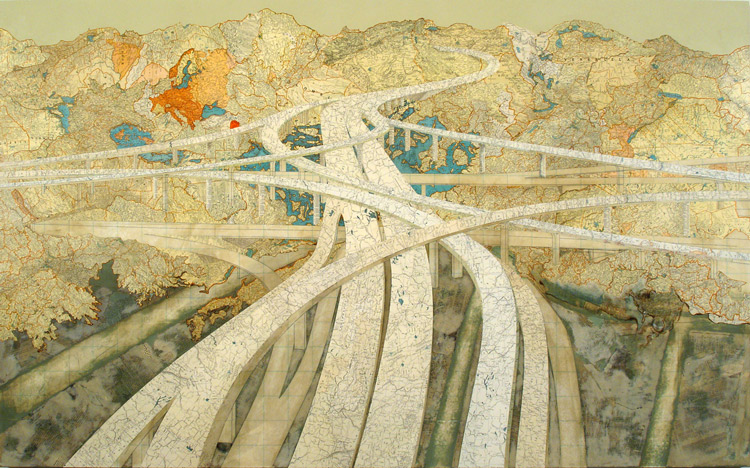
- Nikki Rosato: Maps as sculptural material and metaphor for how experiences form us. http://www.nikkirosato.com/cut-road-map/

-
Danny Dorling:Maps that show us who we are (not just where we are):
https://www.ted.com/talks/danny_dorling_maps_that_show_us_who_we_are_not_just_where_we_are
- “What does the world look like when you map it using data? Social geographer Danny Dorling invites us to see the world anew, with his captivating and insightful maps that show Earth as it truly is — a connected, ever-changing and fascinating place in which we all belong. You’ll never look at a map the same way again. “
- Whole Series on Mapping: https://www.ted.com/playlists/138/adventures_in_mapping
- Mattias Adolfsson: http://mattiasadolfsson.com/snatched-spreads-23-24-sketchbook
- Nina Morgan: https://www.sketchbookproject.com/library/1459
- Tim Mullins, Mystery Maps: https://www.sketchbookproject.com/library/3924
- David Johannes: https://www.sketchbookproject.com/library/3923
- Sydney Martin: https://www.sketchbookproject.com/library/3920
- Radioloab, “Bird’s Eye View” https://www.wnycstudios.org/story/110193-birds-eye-view/
Tim Howard heads to Fort Monmouth, New Jersey for the story of a WWII hero whose feats of navigation saved hundreds of lives. The hero? A pigeon named G.I. Joe. Museum Curator Mindy Rosewitz fills in the details. Professor Charles Walcott helps Tim delve into the mysteries of how pigeons pull off these seemingly impossible journeys–flying home across hundreds of miles of unfamiliar terrain. Then, Dr. Lera Boroditsky tells us about a language in Australia in which a pigeon-like ability to orient yourself is so crucial…you can’t even say hello without knowing exactly which direction you’re facing. And finally, Jad and Robert talk to Karen Jacobsen, aka “the GPS girl,” about her own navigational abilities.

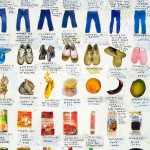
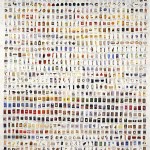
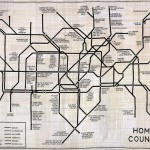
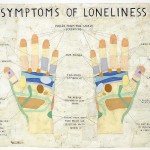
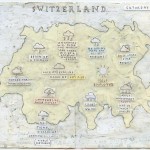
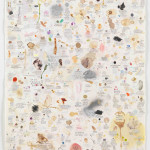
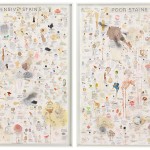
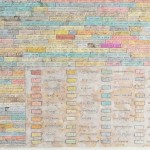
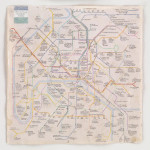
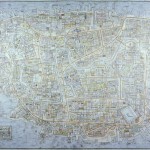
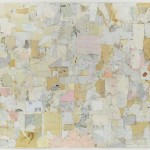
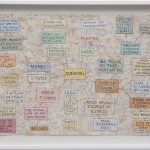

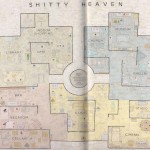
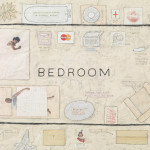

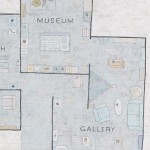


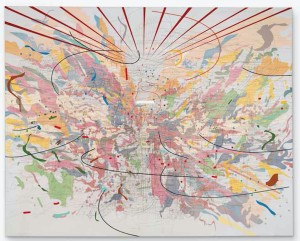
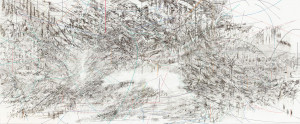
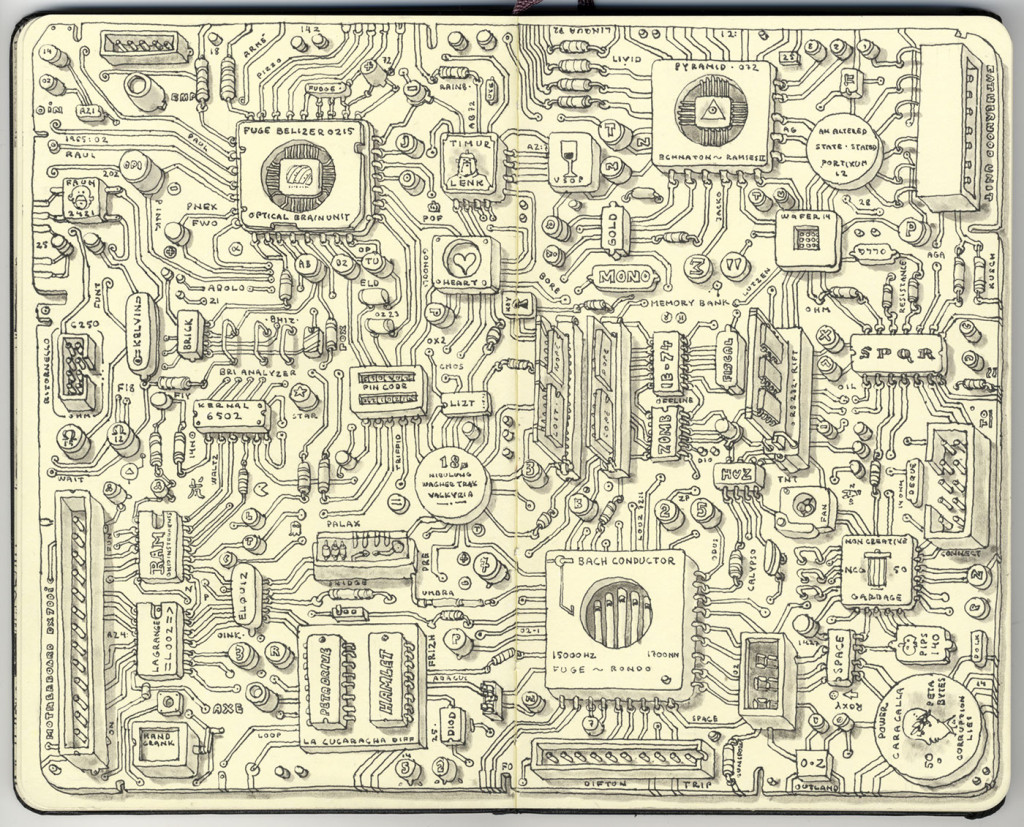
Hey Blake and Hannah, I was just wondering if you had any links on how to bind the larger books. I vaguely remember how to do the binding part but as we both know, I kinda failed that part. I appreciate everything you both did for us at Gov School and I’d like to apply what I’ve learned to a new project.
Thank you,
Reyhan
Wow–so sorry this is such a late response! I fell away from our blog for a while. Thank you so much for your kind comment! If you want to send me an email I can send you some PDF handouts on how to do it hannah.march.sanders AT gmail DOT com